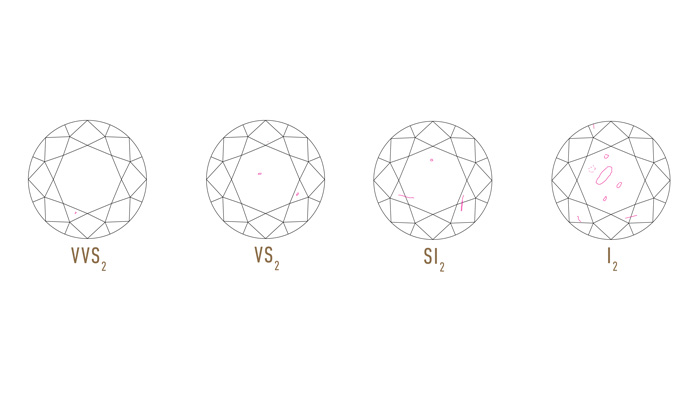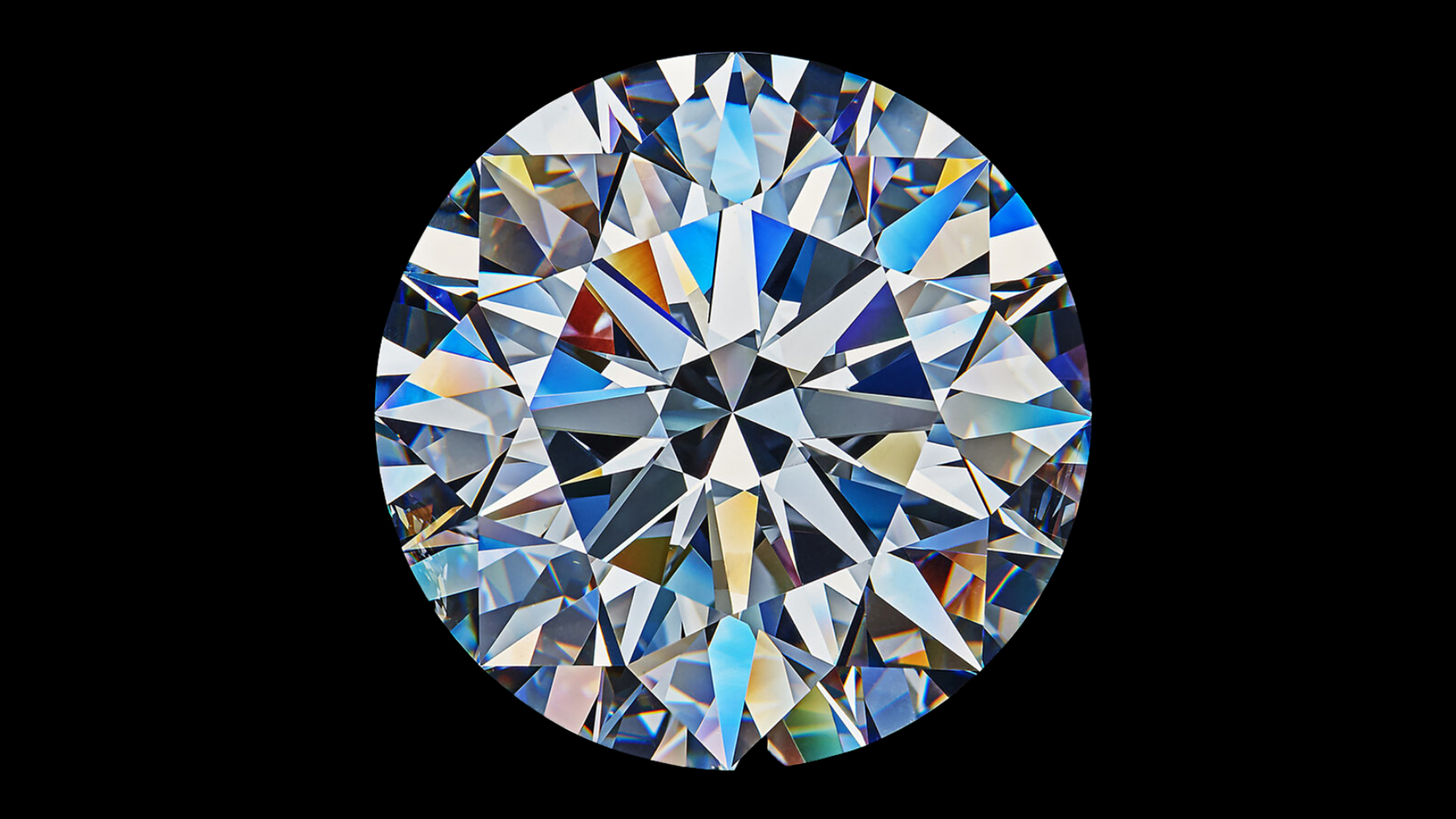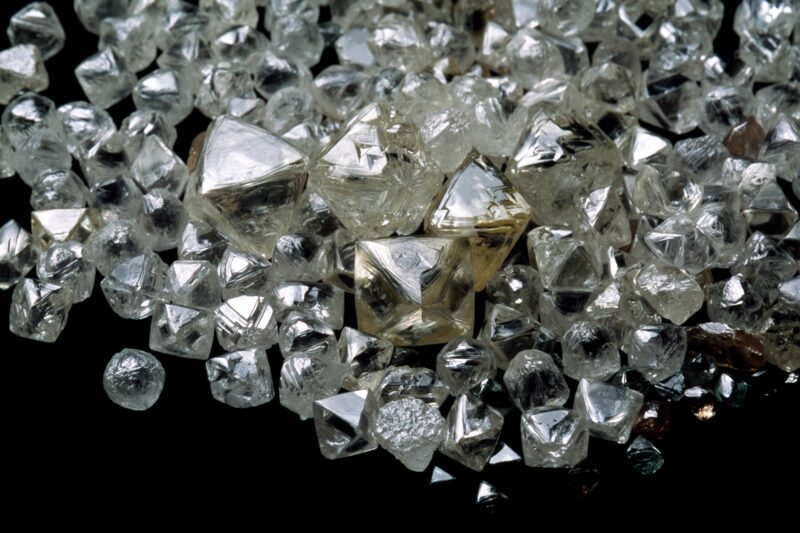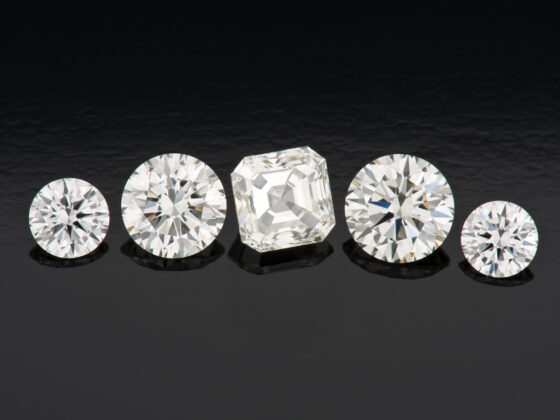Unearthing the Secrets of the 4 Cs: A Comprehensive Guide to Diamond Quality is an essential guide for anyone interested in diamonds. This book provides a comprehensive overview of diamond quality, covering topics such as clarity, color, cut and carat weight.
It also includes helpful tips on how to evaluate the value of Man made diamonds in order to make informed decisions when shopping for them. With its easy-to-understand language and detailed illustrations, this book is perfect for both experienced buyers and those just beginning their diamond journey.
1. The 4 Cs: A Comprehensive Overview
The 4Cs are the four key criteria used to evaluate diamond quality. They are cut, color, clarity, and carat weight. The 4 Cs provide an excellent means of assessing the value and beauty of a diamond.
- Cut is the most important factor in determining the overall look of a diamond; it is responsible for how much light reflects off its surfaces and facets.
- Color affects both the cost and appearance of a stone; diamonds come in many hues, from colorless to yellow or brown tones.
- Clarity describes any imperfections that may be present on or within the gemstone, such as blemishes or cloudiness; these can significantly reduce its value but do not necessarily detract from its aesthetic appeal.
- Carat weight denotes size by measuring mass rather than dimensions; one carat is equal to 200 milligrams. Understanding all four components will help you make an informed decision when purchasing a diamond piece that best suits your needs and budget.
2. Cut: Examining the Facets of Brilliance

Cut is the most important of the 4 Cs when it comes to diamond quality, as it has a direct effect on how much brilliance and sparkle a stone will have. A well-cut diamond will allow light to enter through its table (top surface) and be reflected from one side to the other before exiting out of its pavilion (bottom portion).
The facets that make up the cut are designed in such a way that they refract and reflect light, creating an array of colors with intense fire and scintillation, giving off a brilliant display. Poorly cut diamonds lack this level of sparkle, appearing dull compared to their better-cut counterparts. It is therefore essential for consumers to ensure that any diamonds they purchase are properly cut in order to maximize their brilliance.
3. Color: Assessing a Diamonds Hue and Tone
Color is an essential factor in assessing the quality of a diamond. When evaluating color, it is important to consider both hue and tone. Hue refers to the visible color that can range from yellow or brown to various shades of blue, whereas tone describes how light or dark the hue appears on a scale from 0-10, with 0 being completely colorless.
The higher the grade for hue and tone, the more valuable and desirable the stone will be. Knowing these two criteria for assessing color makes it easier for buyers to determine whether they have found their perfect gemstone or not!
4. Clarity: Understanding Inclusions and Blemishes

Clarity is an important factor in determining the quality of a diamond. The clarity grade of a diamond looks at the number and types of inclusions and blemishes that are present within the stone. Inclusions refer to any foreign material inside a diamond such as crystals, feathers, or clouds, while blemishes are external marks on the surface such as scratches or chips.
A higher clarity grade indicates fewer and smaller imperfections, resulting in a better overall optical performance for the diamond. When assessing clarity, GIA uses 11 grades ranging from Flawless (FL) to Included (I3), each with its own set of characteristics based on size and visibility under 10x magnification. It’s important to note that even diamonds with lower clarity grades can still have excellent visual appeal if their flaws are well disguised by skilled cutting or located away from the main face-up area of the gemstone.
5. Carat Weight: Determining the Value of Size
Carat weight is the measurement of how much a diamond weighs and is used to calculate its size. The carat is divided into 100 points so that diamonds can be accurately measured down to fractions of a point. A single carat equals 0.2 grams and one point equals 0.01 carats or 2 milligrams, which means that two diamonds with the same number of points may still have slightly different weights due to variances in cutting style and shape.
Carat weight has an impact on the value of the diamond since larger stones are rarer than smaller ones; however, it’s important to remember that other factors such as clarity, color, cut quality, and gemstone origin also determine overall value in addition to size.



